The First Phase
Dressage is the first of three phases in eventing competition. From the French word meaning "training," dressage was originally created to show the horse's submission and ability to perform intricate movements required for cavalry exercises. Today's dressage still consists of an exact sequence of movements, but now they are ridden in an enclosed arena and scored by a judge or judges. The goal remains very similar, that horse should demonstrate balance, rhythm, suppleness, and most importantly obedience based on the riders cues or "aids."
Dressage is the fundamental training of the sport on which the other two phases are built as it develops the strength and balance for the rigors of cross-country and the preciseness of show jumping. Dressage showcases the ultimate partnership as the rider uses his or her seat, legs, and hands, which are known as the "aids" to communicate silently, making the test look like a seamless performance.
The dressage phase can prove challenging for an event horse as they are supremely fit. The most tactful riders can harness and direct that energy into a polished and powerful performance.
Each movement is scored on a scale of 0 to 10 with 0 being the lowest and 10 being the best. The sum of these scores are combined with the overall collective marks, gaits, impulsion, submission, and rider, for a total score. That score is then subtracted by the number of total possible points, multiplied by 100 and then finally subtracted by 100. The resulting score are penalty points, or the points that the pair were not able to earn in the dressage phase. Penalty points carry onto the next round, and remember, lowest score wins!


